AMAR Mission to VENUS
JASCO Applied Sciences has deployed since early March two of its AMAR underwater sound monitoring systems on the VENUS underwater observatory for a technology demonstration and data gathering mission planned to last several months. VENUS (Victoria Experimental Network Under the Sea) is a cabled ocean observatory, in the Salish Sea coastal waters of British Columbia, operated by Ocean Networks Canada.
The AMAR is JASCO’s advanced platform for collecting and delivering precisely calibrated acoustic and oceanographic data for ocean monitoring. It enables scientists to collect multi-sensor data from oceanographic instruments and arrays of hydrophones. The information can be transmitted in real time when the instrument is connected to a telemetry network, be it cabled like VENUS or wireless, or the AMAR can record the data autonomously (its acronym stands for Autonomous Multichannel Acoustic Recorder). In autonomous mode the AMAR achieves great operating longevity—more than a full year of sound recording is possible on one set of batteries—thanks to its very low power consumption and large memory.
JASCO’s AMARs have been deployed at two locations on the VENUS Ocean Observatory in the Strait of Georgia. The primary purpose of this mission is to demonstrate the multi-sensor data collection and streaming capability of the AMAR. Of specific interest to scientists are the real-time detection, identification and localization of calls from individual Southern Resident Killer Whales, and the measurement of the underwater noise from vessels to which these animals may be exposed.
Tom Dakin, Sensor Technologies Development Officer with Ocean Networks Canada’s Innovation Center, sees great potential in the technology being demonstrated: “By utilizing arrays of hydrophones on our observatory… we now have the capability to track marine animal locations. If we can track marine traffic with [the automatic identification system] AIS and we can track marine mammals underwater, we can determine whether the latter are changing their behavior in the presence of noisy vessels. Up until now we could tell there are mammals and ships in the area… now we are looking forward to assessing the interaction between the two.”
Each AMAR is fitted with an array of four hydrophones and a roll, pitch and yaw orientation sensor; one AMAR also has oxygen and turbidity sensors. The hydrophone arrays enable the estimation of the direction from which specific received sounds arrive, which can be referenced to an absolute geographic bearing thanks to the orientation sensors.
Dakin continued, “In JASCO’s case we have tetrahedral arrays with a remarkable capability – four hydrophones connected to one AMAR that could provide latitude, longitude and depth positions of a vocalizing source. While the technique has been known for some time, this is the first implementation on an ocean observing system where we can gather this kind of data without interruption, 24/7. This test demonstration also provides an excellent opportunity for Ocean Networks Canada to evaluate the AMAR as the foundation for small-scale observatories in remote locations.”
JASCO’s oceanographic data processing and visualization software will be demonstrated during this project. New versions and features of the software will be tested using the very large and acoustically-rich dataset being acquired by the AMARs on VENUS. Substantial advances in JASCO’s automated detection, identification and localization algorithms are being made using the real-time data from this open ocean environment.
Xavier Mouy, a bio-acoustics specialist with JASCO who has been developing these algorithms for the past several years, commented on the initial results emerging from the project: “We currently have many samples of calls and echolocation clicks from killer whales and Pacific white-sided dolphins. Our focus is to monitor marine mammal presence by detecting these sounds and to examine changes in their positions or calling behavior that could be associated with exposures to man-made noise. With these data we can investigate potential impacts of these sounds on marine mammals, especially key species such as Southern Resident Killer Whales. We have developed and are improving automated acoustic detectors for calls from these species to aid in this research.”
The scientific information collected by the two AMARs is made available to a number of research organizations through the Ocean Networks Canada data sharing framework Oceans 2.0 and associated agreements. This wide distribution of data within the ocean science community will enable novel experiments and advanced research activities.
jasco.com

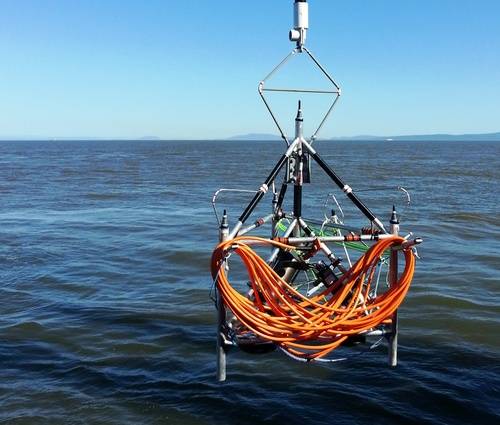

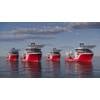
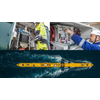

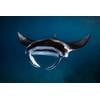
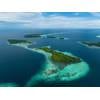







 August 2025
August 2025



